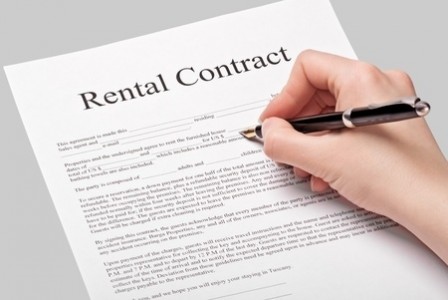 Subletting occurs when a tenant A allows tenant B to let their property, but doesn’t bother telling the landlord, so he or she thinks tenant A is still living there whereas in reality they are living somewhere else. It is a common problem in areas of high demand.
Subletting occurs when a tenant A allows tenant B to let their property, but doesn’t bother telling the landlord, so he or she thinks tenant A is still living there whereas in reality they are living somewhere else. It is a common problem in areas of high demand.
******Whoops! Looks like this is an old post that isn’t relevant any more :/ ******
******Visit the blog home page for the most up to date news. ******
Typically one person lets a larger property and then sub-lets the rooms out to a host of other people, resulting in overcrowding and terrible living conditions.
NLA Survey
According to the National Landlords Association (NLA), around half of all tenants who sub-let their property don’t have the landlord’s permission. Of the tenants surveyed, 11% admitted they had sublet some or all of the property, but only 5% had bothered asking the landlord’s permission. 32% of tenants had asked their landlord if they could sub-let and 22% of landlords had agreed to the request.
“These findings indicate that subletting is not common in private rented homes, but worryingly that where it does happen, much of it takes place behind landlords’ backs, without their knowledge or permission,” warns Carolyn Uphill from the NLA.
Subletting is usually done for financial gain (on the part of the tenant). Unfortunately for the sub-tenant, they end up paying more and don’t enjoy the same security of tenure as the original tenant.
Subletting is Bad News for Landlords
It’s not great for the landlord either. Most buy to let mortgages don’t allow subletting and landlord insurance policies will usually be invalidated if a tenant sublets part of the property.



